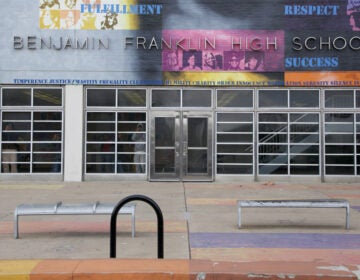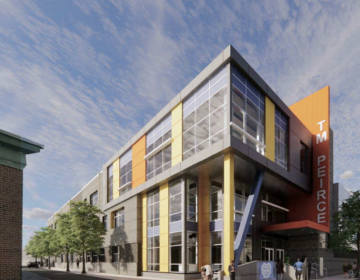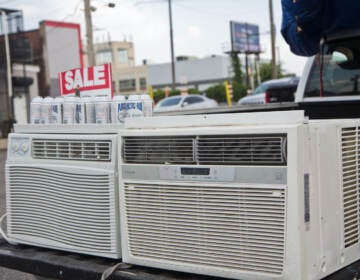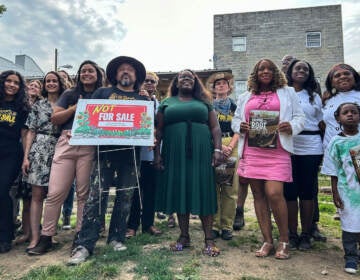D.C. raised $5 billion to rebuild toxic schools. Can Philly do the same?
Over the last two decades, D.C. has modernized 75% of its public schools. Philly school advocates say lessons can be learned from the movement there.
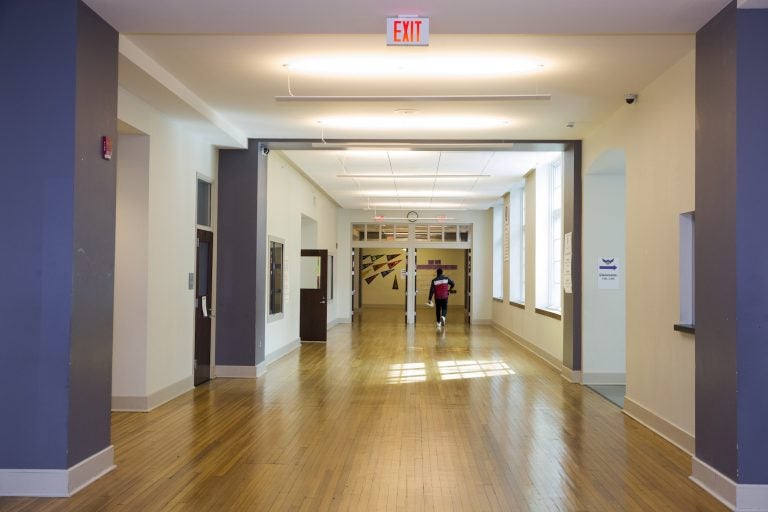
A student walks through the halls of Cardozo High School on March 12, 2020. Cardozo had problems like asbestos and lead pipes before being renovated in 2011. (Rachel Wisniewski for WHYY)
Christopher Moses encountered dire conditions at Washington, D.C.’s Calvin Coolidge High School when he entered as a freshman in 2016.
Damaged floors, 70-year-old boilers, no central air conditioning, dangerously obsolete wiring, and a leaky, crumbling roof.
“Everything was just torn down,” Moses recalled. “We weren’t allowed to go on the fourth floor. And then the lockers, we couldn’t use them because they were messed up, destroyed. It was rats and all that, so it was really bad. Cockroaches. It was bad.”
In Moses’ sophomore year, he and his classmates moved into trailers to make way for a two-year, $158 million gut renovation. The district turned part of the building into a middle school, converted the central courtyard into a glass-covered atrium, and installed a green roof. Contractors updated the art, music, and science rooms, renovated the theater, and built a community health center and a day care to serve students who are parents. The school, Moses said, was transformed.
“The classrooms are spacious and there are enough rooms for everybody,” he said last spring, standing outside Coolidge on the day it shut down for the pandemic. “We have a senior lounge on the fourth floor for all the seniors. We have an atrium. The cafeteria is way better. The library is great. We have a mass media and a studio room for us. It’s good.”
Moses’ only complaint was that the renovation took so long to get underway. Coolidge was the last of D.C.’s comprehensive high schools to receive a full modernization. Since the mid-1990s, the nation’s capital has modernized about three-quarters of its 115 schools, spending more than $5 billion to put up new buildings and repair or renovate existing campuses.
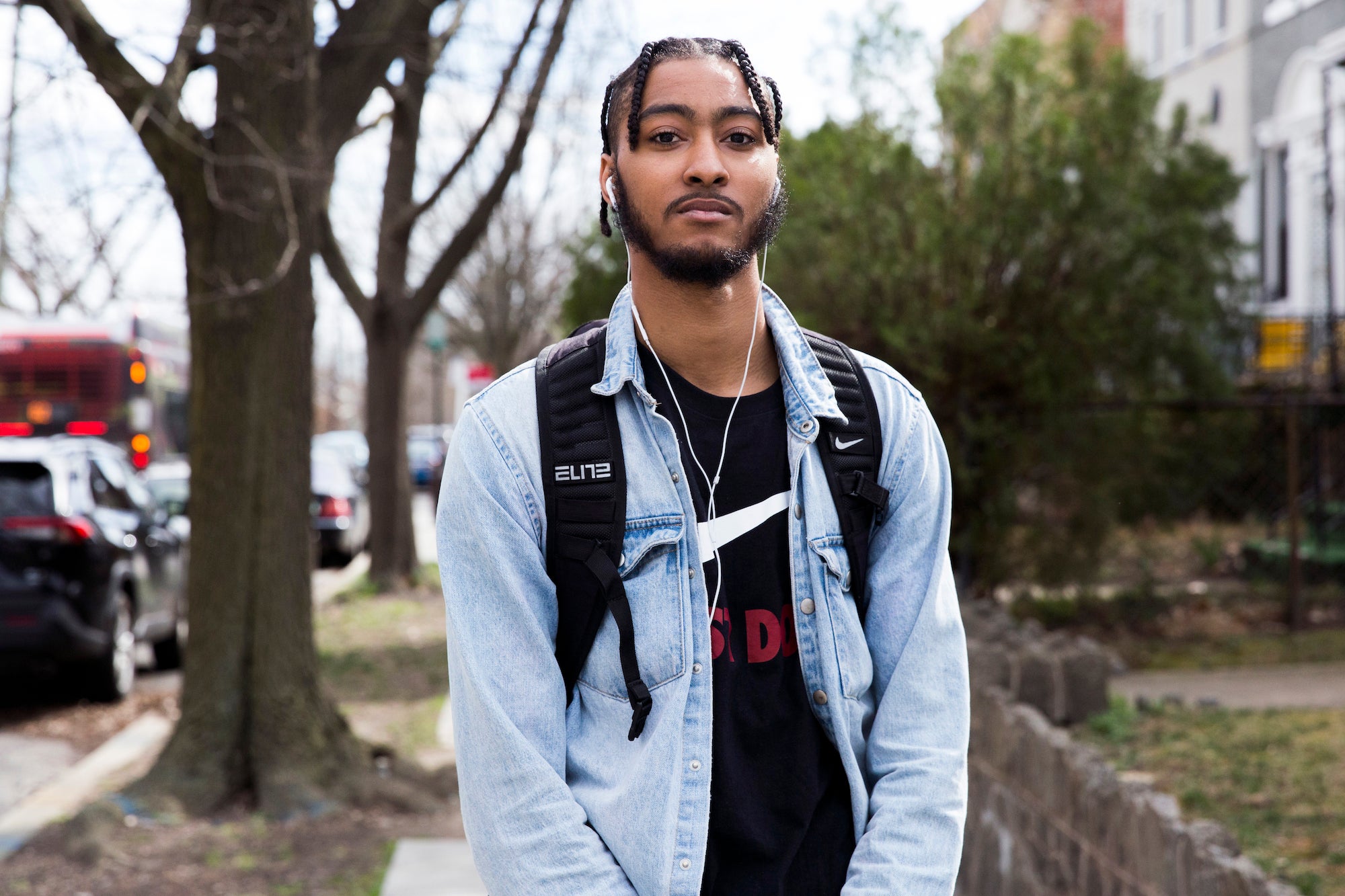
Washington D.C.’s success makes it a standout among the nation’s school districts. The U.S. overall spends only about two-thirds as much as it should on school maintenance and upgrades, or about $46 billion less per year than is needed, according to a 2016 report by the 21st Century School Fund, a Washington D.C. nonprofit. In Philadelphia, the backlog was $4.5 billion for repairs and $3.3 billion for capital projects as of 2015, and continued underinvestment since then has pushed those figures even higher.
Washington managed to accomplish a task that has long stymied Philadelphia and many other school districts, and that over the past 13 months has exploded into public view as parents, teachers, and school administrators battled over how to safely reopen schools in the midst of a pandemic.
So urgent is the need that President Joe Biden’s infrastructure plan, introduced Wednesday, proposes $100 billion for new school construction and building modernizations.
“Too many students attend schools and child care centers that are run-down, unsafe, and pose health risks,” a White House spokesperson wrote in a brief issued Wednesday.
But in D.C., safe schools came through years of vigorous, often contentious advocacy, first by parents who built school modernization into a powerful political cause and then by local officials who made implementation a top city priority.
Parents, teachers, and community activists in Philadelphia say they would be happy to collaborate with school and city officials to follow a similar path as they struggle to reduce hazards in aging, outdated school buildings that are now being tested again by the coronavirus pandemic.
“Every model has some issues, but it is a successful model, and one to be emulated,” said Jerry Roseman, an environmental scientist for Philadelphia’s teachers union. “Putting together the unions and the public side, and following this D.C. model, I think would be a very rewarding thing to do. That is, to think about, how do you create these structures and these approaches to move forward?”
But Roseman, who serves on the board of the 21st Century School Fund, and other advocates say it could be a while before Philadelphia gets to the point Washington reached in the early 2000s, when its building program got going in earnest.
The city and state are unwilling or unable to fund comprehensive school modernization, and the district, the union says, shows little interest in sharing information or decision-making power with the community.
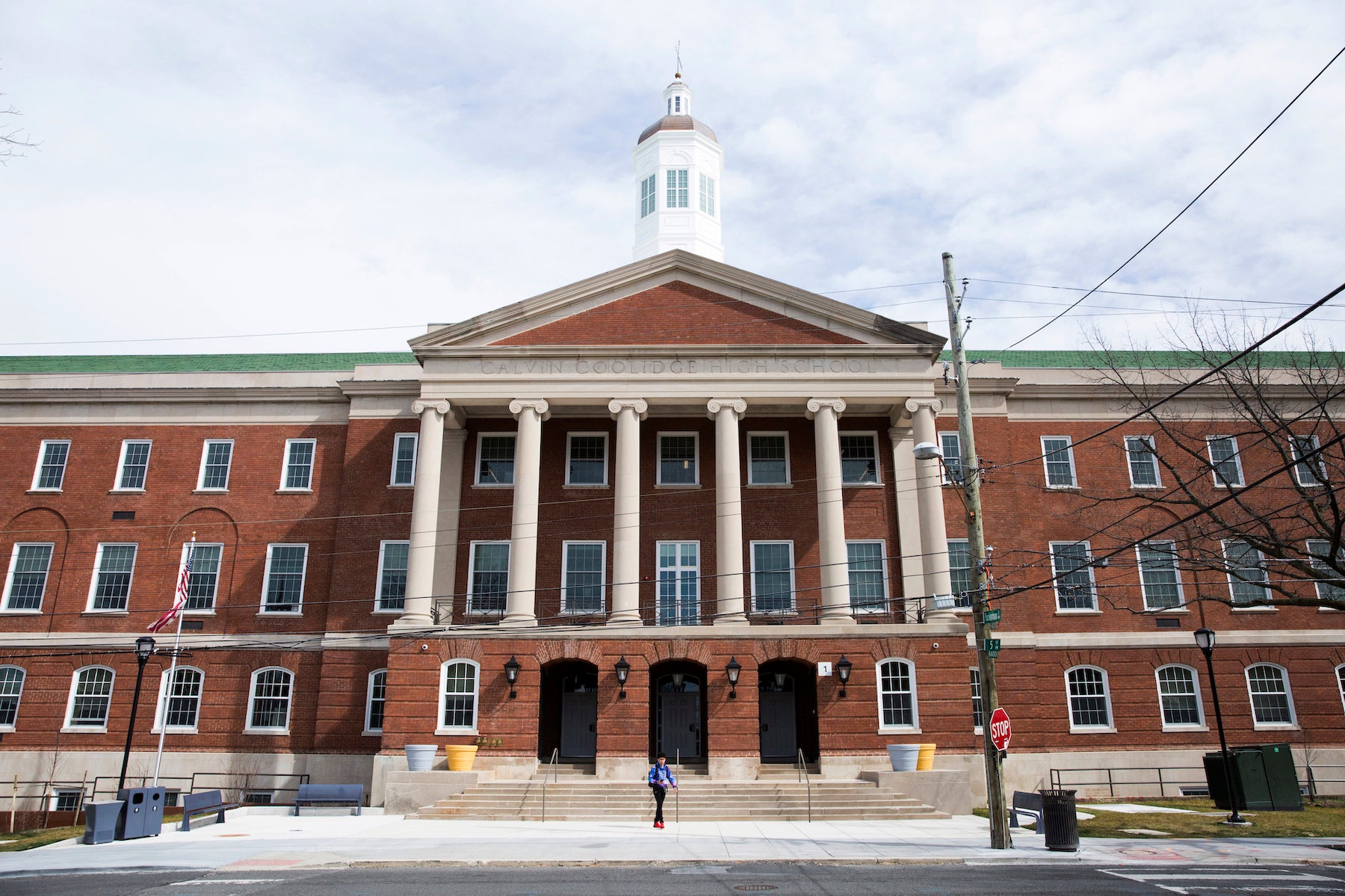
“It’s really disheartening, because in a city like Philadelphia, there are so many smart and talented people who are clamoring to offer their help and assistance to fix these problems,” said David Masur, a public school parent who helps run the Philly Healthy Schools Initiative, a coalition of community groups. “You have parents who just want to roll up their sleeves and help in any way. There’s this all-hands-on-deck attitude. And the district just keeps everybody at arm’s length. They won’t really give stakeholders a seat at the table.”
The district’s Chief Operating Officer Reggie McNeil defended the district’s community outreach efforts, citing its recent creation of an Environmental Advocacy Council whose members include school parents from across the city.
“The School District of Philadelphia appreciates all community advocacy in support of providing all students with a healthy, and welcoming learning environment,” he said in an email. “As such, we want to ensure that the environmental work and processes we continue to implement are completed with fidelity and transparency.”
‘No, you have to have a plan’
Activists in Washington’s school community say one of the key factors that helped the city buck the national trend of school facility neglect was the dedication of parents who persistently demanded improvements over many years, creating a movement that outlasted superintendents, mayors, and economic and political upheavals.
In the 1980s, families began agitating over many problems in the cash-strapped D.C. district, including its crumbling buildings. With funding from charitable foundations, a group called Parents United hired staff and, in 1992, sued over rampant fire code violations, forcing the district officials to launch the first of several “blitzes” of emergency repairs. The buildings had a familiar litany of problems — asbestos, lead paint, lead in drinking water, leaky roofs — which the district slowly tried to address.
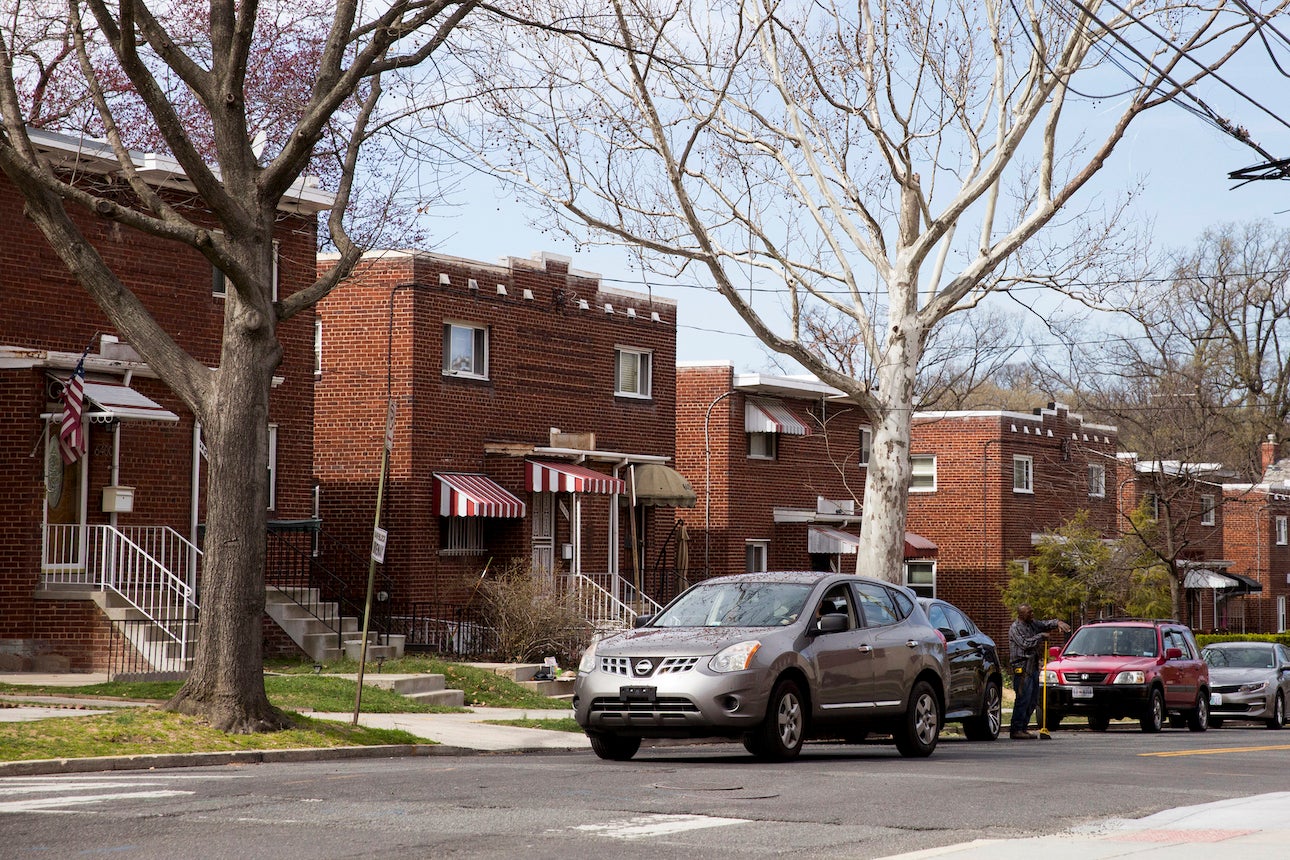
Another essential step was the creation of the district’s first Master Facilities Plan. The city was in the depths of a severe financial crisis in the mid-1990s and planning to close some under-enrolled schools. Parents took advantage of the situation to band together and demand the district create a plan to overhaul its buildings.
“They had made a strategic mistake in that they put 40 schools on the closing list and said, ‘OK, community’ — they thought they were really clever — ‘community, you go back and decide which 10 we’re going to close.’ And we were like, ‘Oh my gosh, these guys are crazy.’ So we all got together and said ‘no,’” recalled one of the parents, Mary Filardo. “We had 40 neighborhoods then that we could organize, not 10. So we had a big meeting and basically said, no, you have to have a plan.”
The D.C. Board of Education and the City Council both passed resolutions calling for a master plan, but did not actually create one. So Filardo and other parents went solo and recruited a planner who had worked for the New York City schools. Together, they created a document that laid out the district’s long-range needs, priorities, and resources in preparation for the day when the city could finally afford to fund them.
Filardo is now executive director of the 21st Century School Fund and a national expert on school facility issues, but she got her start as an activist parent. After the master plan was in place, she spearheaded a landmark project to rebuild her kids’ school, Oyster-Adams Bilingual School. The Ford Foundation gave her group funding for a feasibility study and the district eventually agreed to their proposal to sell off part of the property for housing development. The project revenues funded a new school building, which opened in 2001.
After that first success, the Board of Education agreed to build a few more schools. At the same time, the city’s population was increasing for the first time since the 1960s and its finances improved.
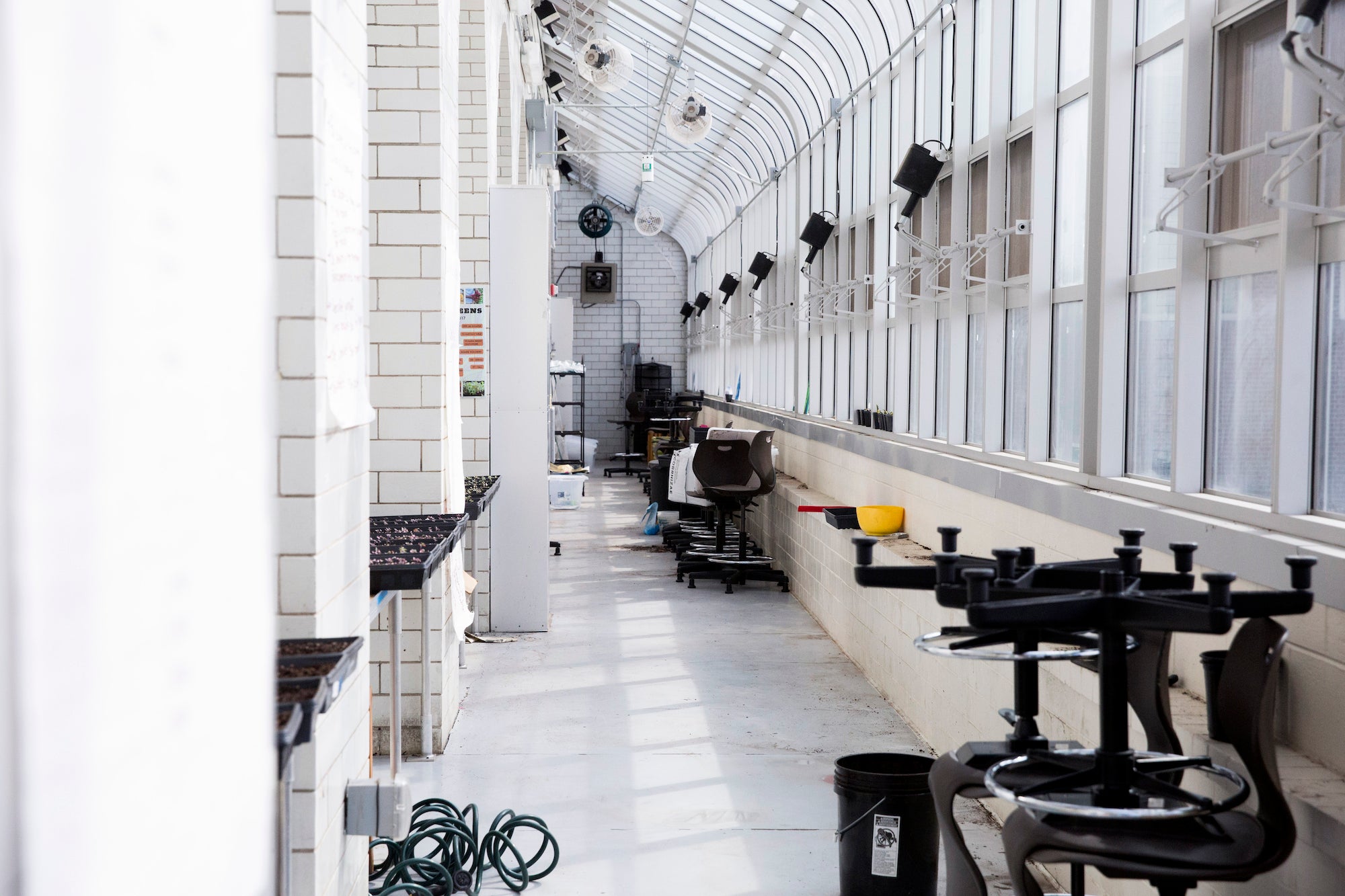
In 2006, the city council approved a commercial property transfer tax to fund school construction projects. Councilman Adrian Fenty, who led the campaign for a dedicated funding source, was then elected mayor, took direct control of the district, and pressed for quicker modernization of more schools.
Fenty harnessed a political movement for school modernization that parents had been building up for more than a decade, said Kathy Patterson, a public school parent and 12-year councilmember who worked to win approval of the program.
Fenty “was someone who knew how to mobilize a community,” said Patterson, who is now the District of Columbia Auditor. “He was the one who took the TV stations around to some of the dilapidated schools and really helped work with the community groups to build public awareness. Night after night on the TV news, seeing crumbling buildings and water coming through ceilings and things like that — I think that really was a pressure tactic that ultimately was successful.”

Filardo said she, Patterson, and other parents were able to make change happen by taking ownership of the process, creating a concrete modernization plan, and constantly working to make the district transparent and accountable.
“It wasn’t that the school system had a problem with its bad facilities. It’s that we, the community in Washington D.C., had a problem with our school buildings, and it was a big problem. We wanted to be a part of the solution because it was our problem,” she said. “And for the longest time, the school system, it’s like they were trying to hide the problem.”
She pointed to the district’s decision to shut off hundreds of drinking fountains at one point after high lead levels were detected in the schools’ drinking water.
“I said to the head of facilities at the time, ‘So tell people, why do we have lead? We’ve got these ancient schools, we’ve got lead pipes all over them, and we need to modernize the schools to get the lead out.’ He’s like, ‘No, no, no, no, no. I don’t want to tell them that.’ I’m like, why not?” Filardo recalled.
“They were acting like, ‘Oh no, it’s our problem,’ the lead. And it was like, no, it’s all of our problem, the lead. And you will not get it fixed unless we are all working to solve this problem. And that to me is the fundamental problem, where the schools have this paternalistic notion that ‘We’re doing this for you,’ and so leave us alone and we’ll get it right and we’re going to do it as well as anybody can. It’s just wrong.”
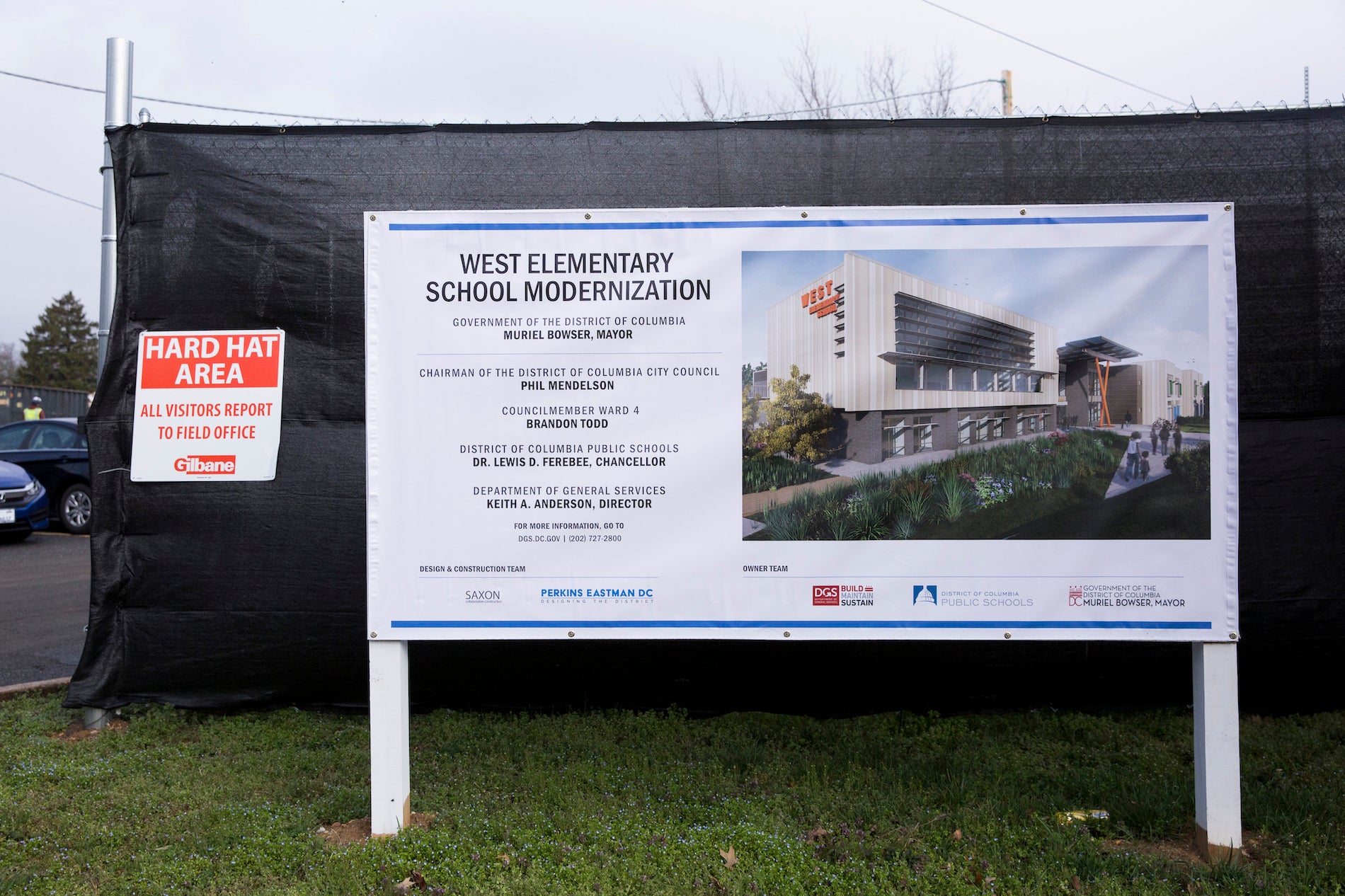
‘Zero transparency’
In Philadelphia, problems with lead-tainted water galvanized a new generation of parent activists around health and safety issues. In 2016, after the city was accused of failing to warn residents of high lead levels in tap water, parents and community groups worked with City Councilmember Helen Gym and others to pass laws strengthening lead testing requirements for schools and day cares. Those groups coalesced into the Philly Healthy Schools Initiative (PHSI).
A series of revelations subsequently intensified a sense of crisis over conditions in the schools. In 2017, the district released a Facility Condition Assessment report detailing its multibillion-dollar backlog of repair work and capital projects, based on assessments done in 2015. Later that year, a 6-year-old boy at Watson T. Comly School in Northeast Philadelphia was seriously harmed from eating lead paint chips.
The school district began lead paint remediation, only to pause after it became clear its contractor was doing shoddy work and leaving behind hazardous dust. The district collaborated with PHSI, the teachers union, state Sen. Vincent Hughes, and others to prioritize schools for remediation, craft new oversight and testing procedures, and pass legislation setting lead safety rules for schools.
That advisory process showed that, when they wish to, Superintendent William Hite and other district officials can collaborate with other stakeholders to properly plan facility repairs, said Masur, who heads PennEnvironment, a statewide environmental nonprofit.
“That’s a place where we worked with local officials, health experts, and even at the end, the school district, which approved and supported the legislation to start to really develop a program for identifying the worst schools for lead paint, and then school by school, addressing them, properly remediating and cleaning it up,” Masur said.
The advisory council “had the kind of makeup and structures that made a lot of sense,” Roseman said. “That process really worked well, to look at data related to the lead paint stabilization and so on.”
Public awareness grew further in 2018 when The Philadelphia Inquirer ran a series of articles detailing schools’ flaking lead paint, high levels of airborne asbestos, pest infestations, mold, sewage backups, burst pipes, and broken heating systems. It described inadequate asbestos testing and shoddy renovation projects that created new health hazards.
Despite those warnings, the following year brought the Ben Franklin High School/Science Leadership Academy debacle. The rushed, $50 million renovation of the two-school campus disrupted classes, sickened students and teachers, forced them to relocate to other sites for months, and far exceeded its original budget. The Philadelphia Federation of Teachers (PFT) also announced that a veteran teacher who had worked at two South Philadelphia elementary schools had been diagnosed with mesothelioma, a deadly cancer caused by exposure to asbestos.
Hite pledged to beef up the district’s asbestos monitoring and cleanup efforts. Eleven schools were closed either temporarily or permanently over asbestos concerns, sowing fear and confusion among families.
“The district has had zero transparency,” Masur said. “They don’t tell parents ahead of time about where they’re going in to remediate asbestos. There’s very little data about how they tested or what they found after the fact. Transparency is crucial if we’re going to make sure that work’s done right with something that’s a known carcinogen.”
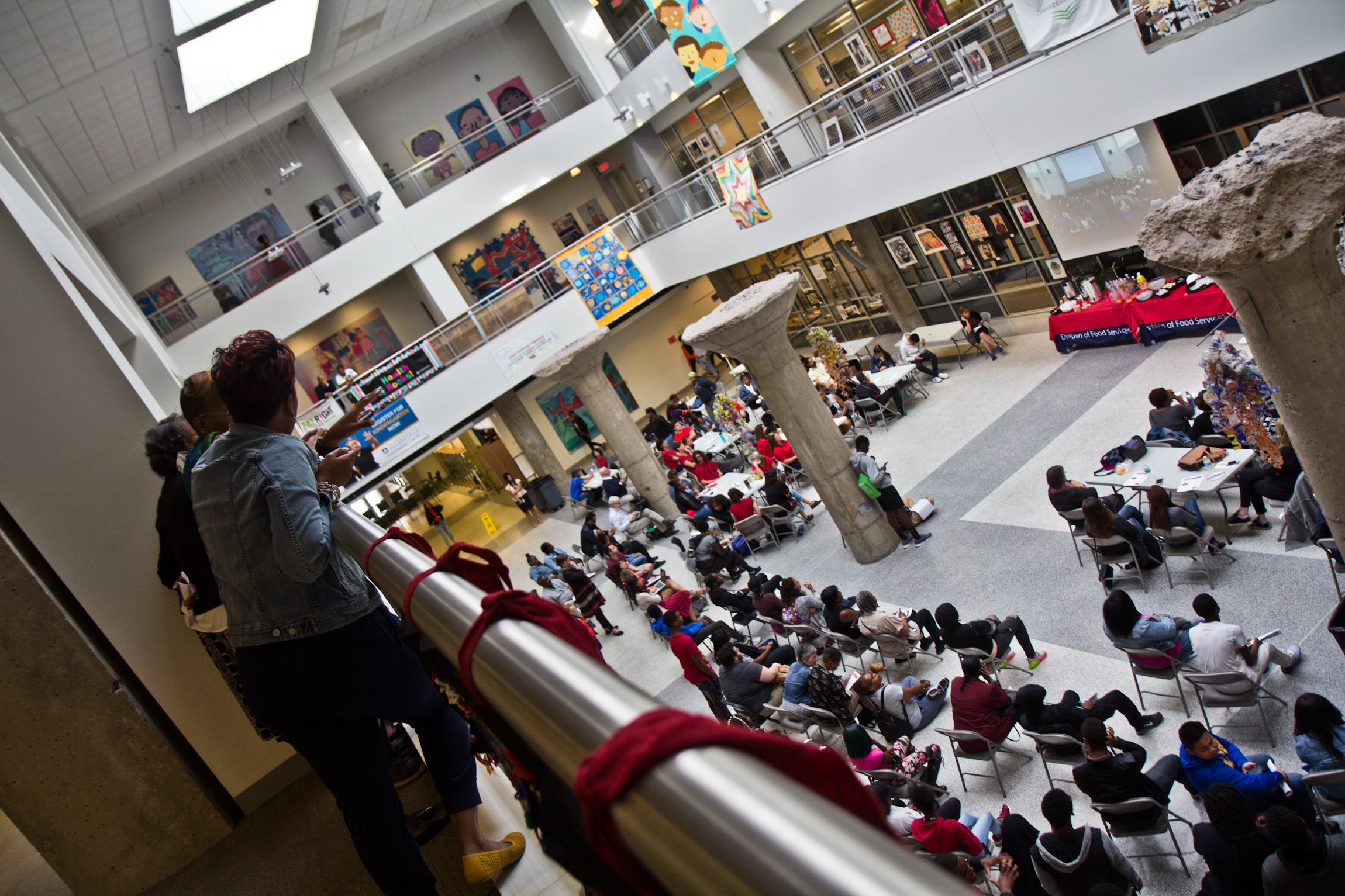
The struggle over health and safety issues has only escalated. Just before the pandemic shut down schools in early 2020, the PFT sued the district to force it to create an asbestos management plan and share testing data. The suit was dismissed in March, and the union is exploring its legal options, PFT President Jerry Jordan said.
“The district’s track record of addressing asbestos concerns is abysmal, and we will continue to use every strategy possible, including legal, to ensure that we’re doing all we can to safeguard the health of students and staff,” he said in an email.
McNeil, who the district hired last August to oversee its facilities, declined to be interviewed. In an emailed statement, he said the district’s environmental management program complies with the city’s asbestos control regulations and is aligned with Environmental Protection Agency standards, including rules requiring that the district notify people of environmental hazards in buildings they occupy.
“This practice is standard in our daily operations and is understood by our school community,” he said. He also cited the new Environmental Advocacy Council as a way for the district to share more information on ongoing and planned school facilities work.
More recently, the union fought with the administration over how to safely reopen schools shuttered by the coronavirus. Many classrooms lack working ventilation systems, and the district’s plan to install window fans to reduce the spread of COVID was heavily criticized as inadequate. Under pressure from Mayor Jim Kenney, PFT eventually agreed to a phased reopening of elementary school classrooms that the union agreed were sufficiently well-ventilated.
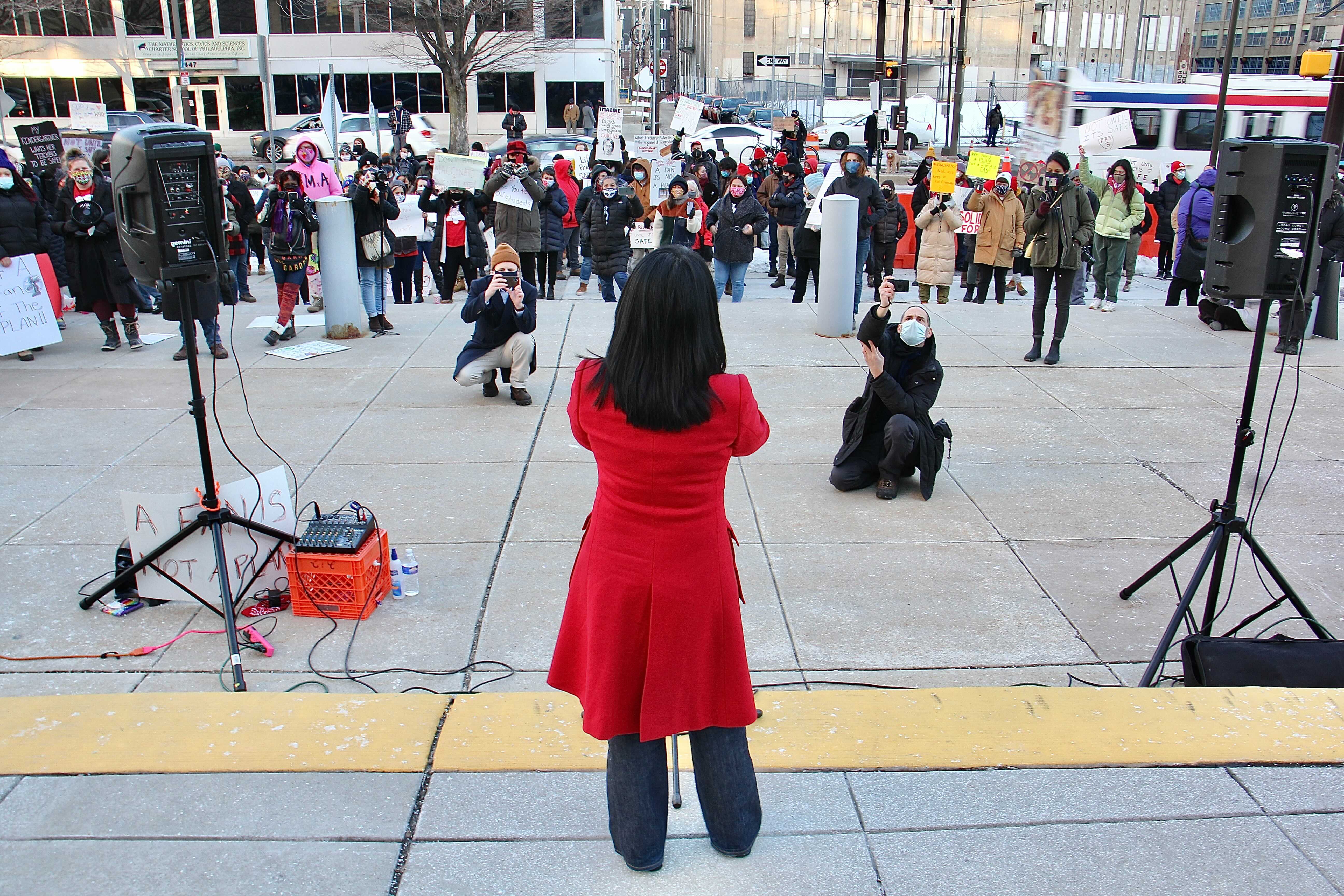
In addition to the federal funds that could eventually come out of Biden’s infrastructure proposal, Philadelphia public schools will receive nearly $1.3 billion from the recently approved federal stimulus bill. The district reportedly plans to spend $325 million of that on capital projects over four years. Some of that money could potentially go toward COVID-related improvements. The new funding is in addition to $2 billion the district plans to spend on infrastructure over the next six years.
Observers attribute the district’s repeated facility crises to a few factors. Philadelphia has aging schools with antiquated systems and struggles to afford even basic upkeep and repairs. Leadership turnover is high, with four different people serving as director of facilities or chief operations officer in the last four years. Maintenance oversights lead to bigger problems, as when clogged roof drains at Academy at Palumbo in South Philadelphia led to a ceiling collapse and flooding in 2018.
In addition, the district does not do enough long-range facility planning or keep the public fully apprised of building hazards and maintenance priorities, critics say. For example, Roseman said the data underlying the 2017 facilities conditions report has never been released.
“In the end, we really recognize that the district cannot be held as a truthful partner, in anything that we are asking them to do,” said Robin Roberts, a school parent in Mount Airy and a leader of the group Parents United for Public Education. “As we keep getting further away from that initial [facilities report], we can recognize that even the things that were identified to be long-term fixes are not being addressed. Nothing at all, nothing immediate, nothing long-term, because the district decides to work in a manner that only addresses crises.”
“So what’s left? You end up having to call out the most obvious facts, which are: You’re irresponsible, you don’t want to do it. It looks like you’re hiding something. And in the end, you are hiding something.”
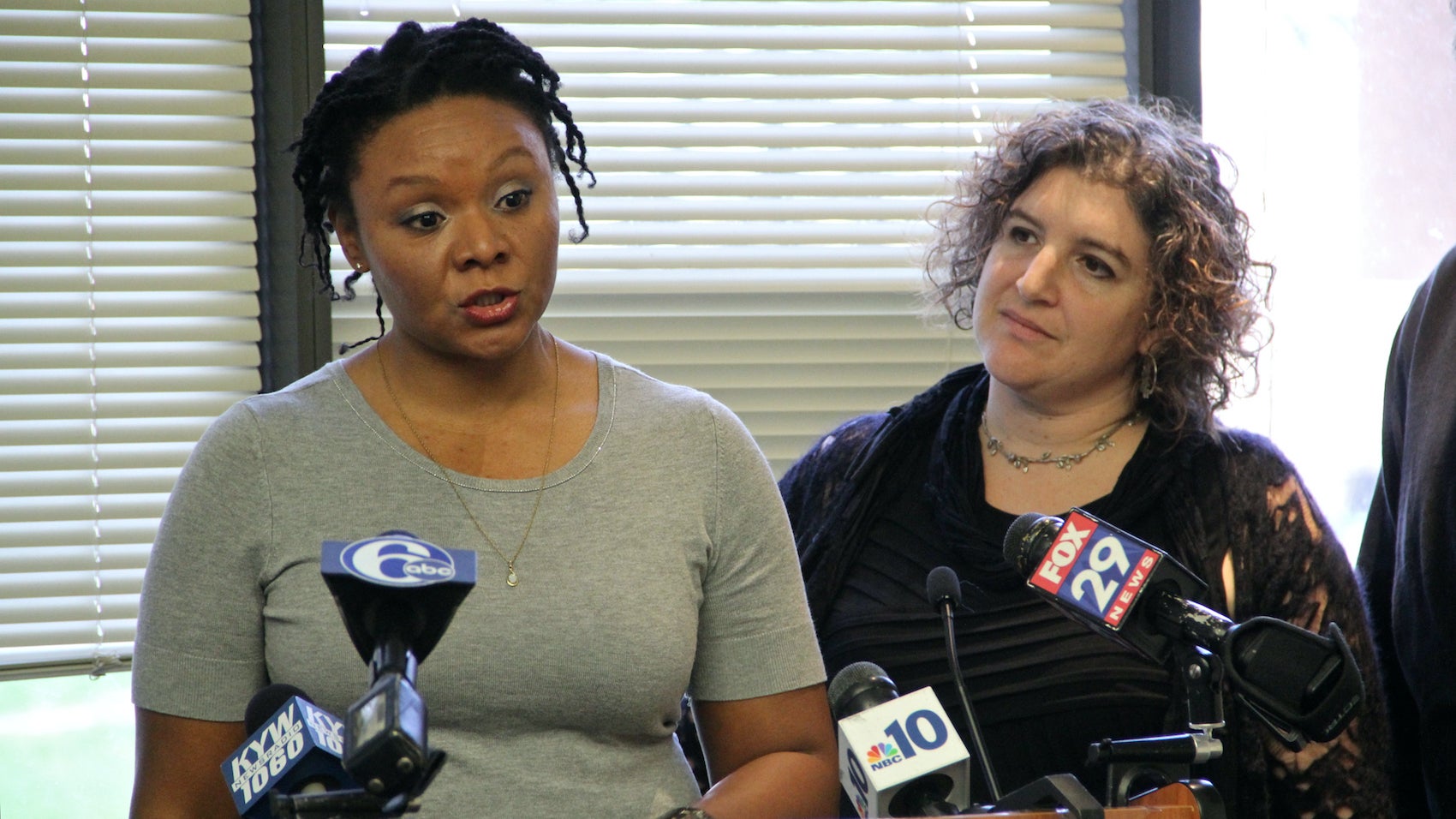
Progress and setbacks
Critics say the district’s approach to health and safety matters is driven by a governance structure that discourages accountability. The Board of Education has been unelected for decades, insulating it from community pressure. Mayor Kenney — who appoints board members — and City Council have not pressed the district to develop a comprehensive modernization plan, the critics say. Roseman said board members lack expertise on facilities and so rely on Hite, who they oversee, to manage those problems.
Among city officials, Councilmember Gym has been the most visible advocate for reforms of the district’s facilities management. She authored the law on testing drinking water for lead and pushed for more funding to remediate asbestos and other hazards. Gym said she met with the 21st Century School Fund in 2019 and “explored the possibility of various entities to drive a larger [modernization] plan,” but the pandemic interrupted those efforts.
“The past year has highlighted more than ever the urgency of school modernization, a dedicated planning effort, and the need for district leadership at the top to be a partner in that effort along with school communities and the public. Federal relief money and the prospect of federal infrastructure funding makes this work a focus of real opportunity,” she said in an email.
“Clearly, the culture at the district must change,” she added. She said there has been “no real public accounting for the Ben Franklin renovation fiasco” and expressed disappointment that the school board disbanded its Facilities Subcommittee.
Gym said she is now focused on building a “broad-based external coalition for school modernization and working with communities to establish priority investments step by step.” If there is to be an expensive modernization effort in Philadelphia, it must be closely tied to a larger vision of “healthier and more successful outcomes for our children and youth overall,” she said.
The district does continuously conduct repairs and some capital work. Hite says it spent $264 million in the first six months of the pandemic on asbestos removal, lead remediation, roof and boiler replacements, and other projects. The University of Pennsylvania recently pledged to contribute $100 million for school repairs over 10 years, and the stimulus money is coming. But the district is still massively underfunded, and Roseman argued that the administration must bring the community into the process of allocating scarce resources — as difficult and contentious as that can be — rather than continuing to stumble from crisis to crisis on its own.
“Do they modernize classrooms? Or do they remediate lead and asbestos? Or do they upgrade ventilation? Or do they spend it on more typical educational items? I think it’s a problem for them. That’s why I think you need to involve the parents, the teachers, the unions in a much more robust and engaged way, and you need to have a planning process that we just don’t have,” he said.
“They’re probably scared that when they pull back the veil, and we just see how many problems there are, that’s worse than sort of this piecemeal approach,” Masur said. “I tend to think they’re better off peeling off the bandage. When the public sees, it will elicit a backlash, but then you can build public trust and work from there.”
PFT and the all-volunteer Philly Healthy Schools Initiative have tried to serve as watchdogs and reformers. They helped fix the lead paint remediation process, and Roseman frequently visits schools to examine damaged asbestos and other problems. He said the district has recently shared classroom ventilation data with the union. The PFT developed a smartphone app to help teachers and staff report building problems, and last January it filed its asbestos lawsuit.
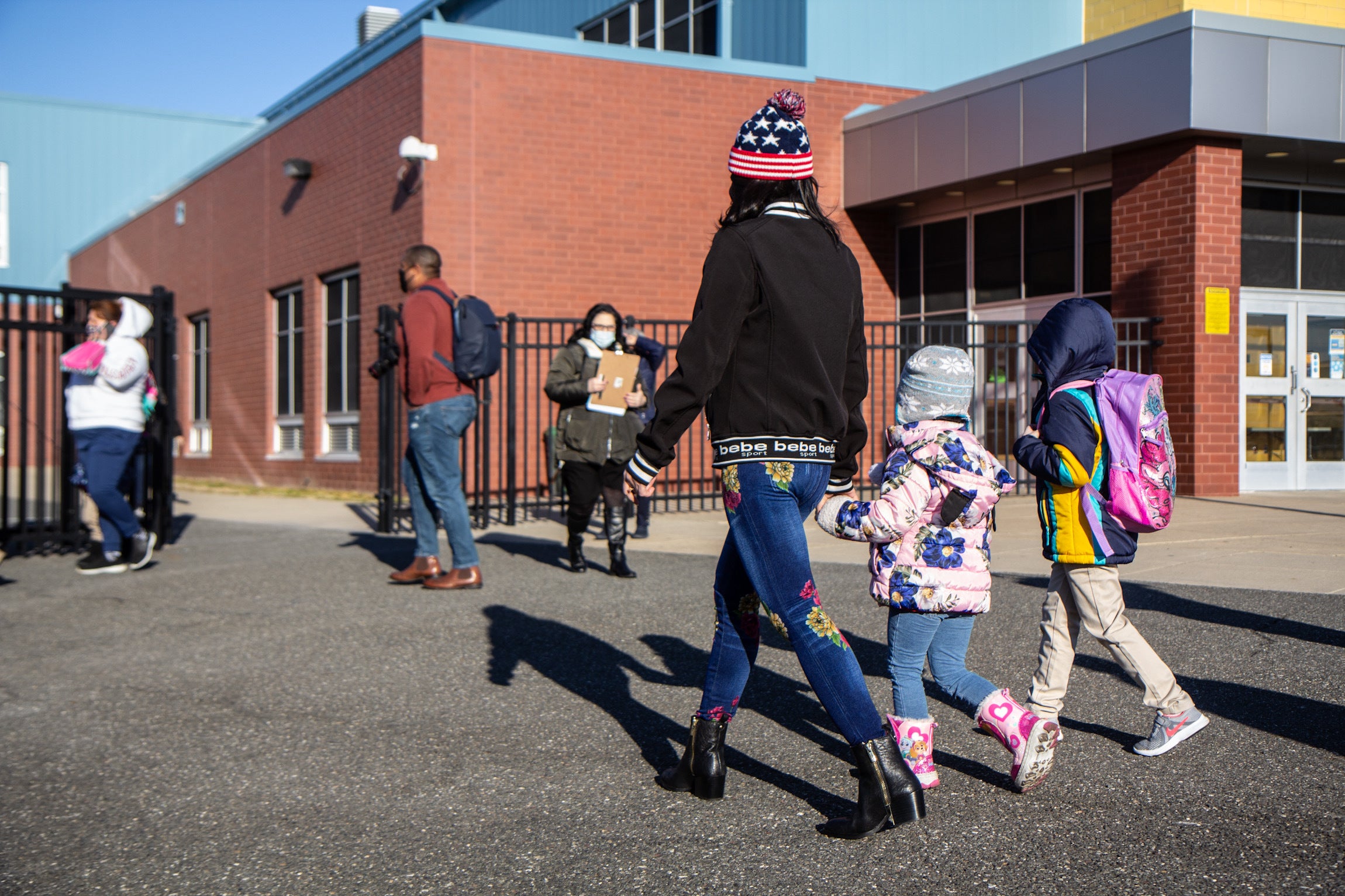
But activists report setbacks as well, such as the district’s handling of an advisory group it promised to set up as a more broadly focused successor to the lead remediation collaborative. When district officials finally formed the Environmental Advisory Council in January, they ignored the PHSI’s list of recommended participants, chose random members by lottery, and showed little interest in their input, according to Masur, Roberts, and Roseman. They note the group meets just four times a year.
“The school district has created mostly a sham process,” Masur said. “It’s really the district officials talking at them, giving them limited information, often not willing to answer questions. That’s not a shared partnership. That’s a propaganda machine, and it just doesn’t work.”
McNeil said the advisory council “will include updates for members to report back to their community.” District officials will give reports on asbestos inspections and abatement projects, lead paint remediation, water quality tests, and hazardous waste removal.
The group’s membership was designed to ensure that “the demographics represented by the school district and the city of Philadelphia have an equal voice,” and includes parents from all council districts as well as members of school unions, he said. The Philly Healthy School Initiative has been invited to participate, and Masur said the group is considering whether to join given their concerns about the council’s setup.
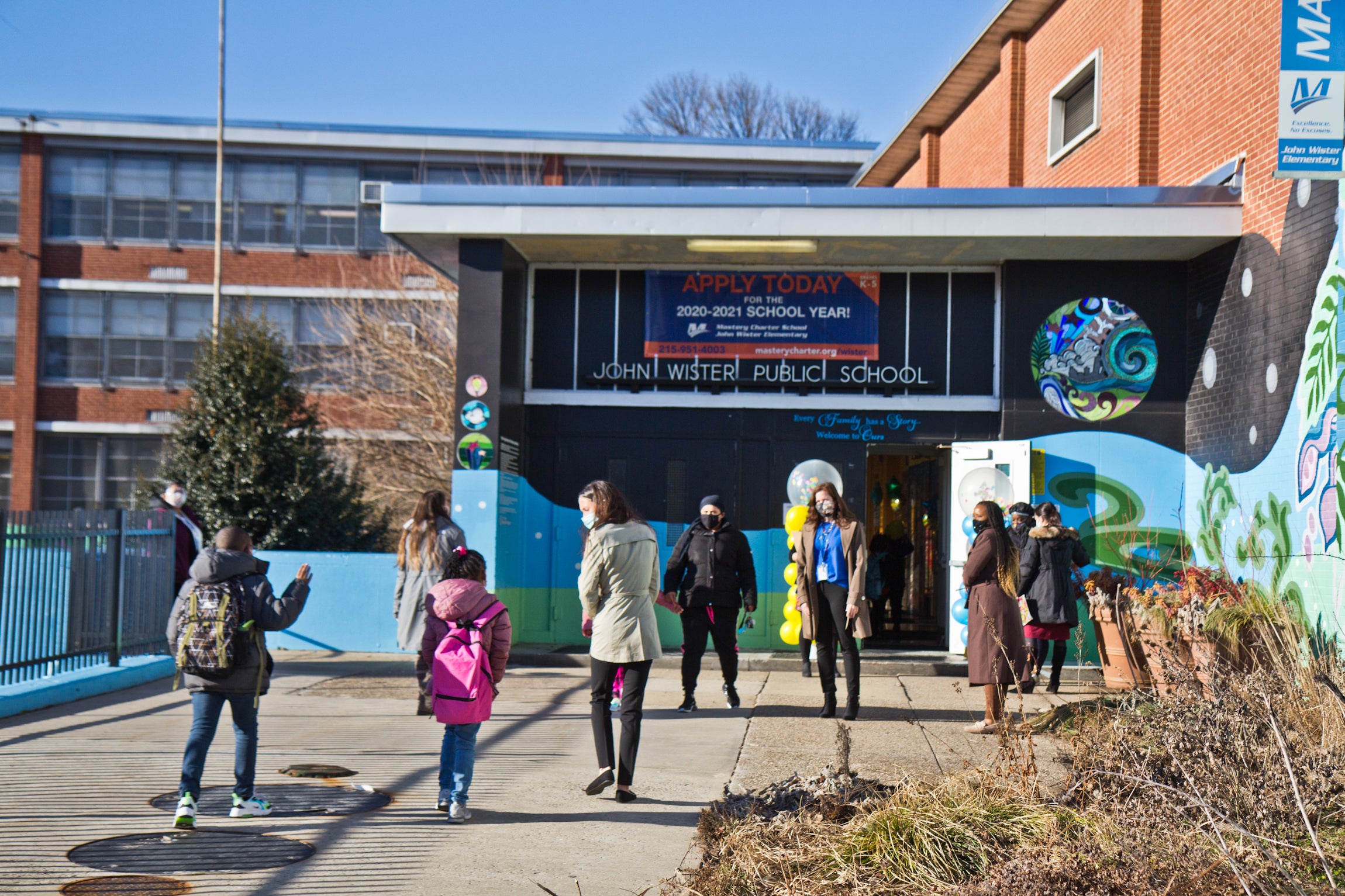
“We believe this mix of parents, union partners, and community stakeholders best balances our goal of better engaging with our families,” McNeil said. “When planning for this new group we wanted to honor the work and contribution from previous groups, but also allow for a fresh start and focus as we move forward with our work.”
At present, PHSI lacks the kind of political power that allowed Parents United and other groups in Washington D.C. to achieve progress in the 1990s and early 2000s, Masur said. School advocates cite several possible reasons: Philadelphia is larger and poorer than D.C., parents in Philadelphia are geographically dispersed and busy with their jobs, they tend to focus on fixing problems in their child’s school rather than making systemic change, and there isn’t a large core group dedicated fully to working on reform.
Masur has tried to fundraise so PHSI can hire staff, as Parents United did in D.C., but so far without success.
“We bring a lot of resources and expertise. We’ve organized parent groups, civic associations, labor unions, health groups,” he said. “But at some point, when you’re dealing with hundreds of school buildings in a city of a million and a half people, a volunteer-run organization isn’t probably going to be able to fully take on the mayor, his superintendent, and an unelected Board of Education.”
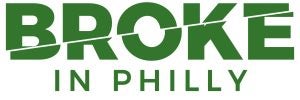 WHYY is one of over 20 news organizations producing Broke in Philly, a collaborative reporting project on solutions to poverty and the city’s push towards economic justice. Follow us at @BrokeInPhilly.
WHYY is one of over 20 news organizations producing Broke in Philly, a collaborative reporting project on solutions to poverty and the city’s push towards economic justice. Follow us at @BrokeInPhilly.

Subscribe to PlanPhilly
WHYY is your source for fact-based, in-depth journalism and information. As a nonprofit organization, we rely on financial support from readers like you. Please give today.




